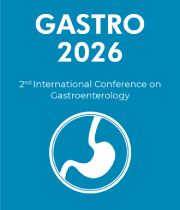Gastrointestinal Endoscopy
Endoscopy of the gastrointestinal tract is one of the most prevalent invasive procedures in clinical practice. A doctor can examine the interior lining of your digestive tract through a procedure called gastrointestinal endoscopy. An endoscope is a flexible fibre-optic tube with a tiny TV camera at the end that is used for this examination. The camera is either attached to an eyepiece for direct viewing or to a video screen, which displays the images on a colour television. The endoscope can be used to diagnose as well as treat gastrointestinal (GI) disorders. Endoscopy of the gastrointestinal tract (GI tract) has advanced at a rapid speed in the last decade. The scope of therapeutic endoscopy has expanded substantially as a result of technological advancements. Novel endoscopic procedures for diagnosing and treating GI disorders, including gastric neoplasms, have sprung out as a result of technological developments.
- Sedation for endoscopy
- HD endoscopy
- Upper GI endoscopy (EGD)
- Colonoscopy
- Enteroscopy
- Risks of Gastrointestinal Endoscopy
- Therapeutic Endoscopy



